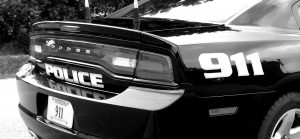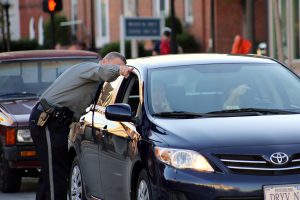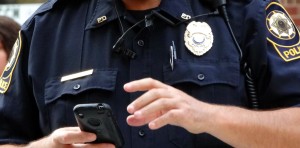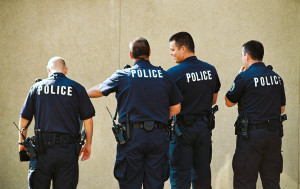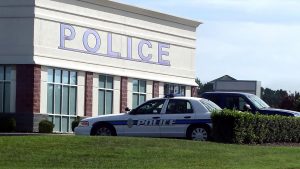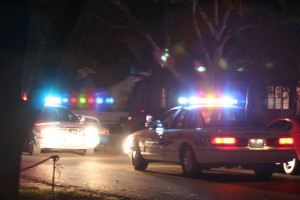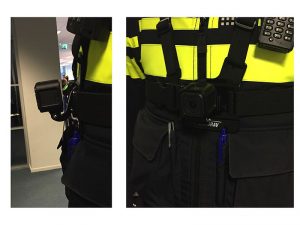
Last month an African-American teenager was fatally shot by the Chicago police at the conclusion of a car chase. An article on WMUR.com reports that the police attempted to pull over the 18-year-old as the Jaguar convertible that he was driving had been reported stolen. The teen refused to pull over, led the police on a chase through the South Side of Chicago, hit a police cruiser and a parked car, and eventually two police officers opened fire on him. The teenager died from his injuries and his family has since filed a federal civil rights lawsuit alleging wrongful death and excessive force.
The news is highlighting this shooting as the latest event in a string of violent confrontations between African-American communities and police officers in Chicago. Unfortunately, there have been several police incidents lately during which members of the community claim police officers used excessive force. Chicago’s Police Department is attempting to foster trust between officers and community members by arming their police officers with body cameras. The idea is that the cameras will record police interactions with civilians in order to provide evidence in case any misconduct occurs. However, police body cameras can only serve their intended purpose if they are turned on and functioning properly, which is not always the case. During the police shooting described above, the body camera of the officer who fatally shot the teen failed to record during the shooting. The police department reports that they are currently in a body camera pilot program and that officers received their cameras approximately eight to 10 days before the shooting. At this time it is not clear why the officer’s body camera was not recording at the time of the shooting.
Body Camera Laws in Illinois
 Chicago Criminal Lawyer Blog
Chicago Criminal Lawyer Blog



